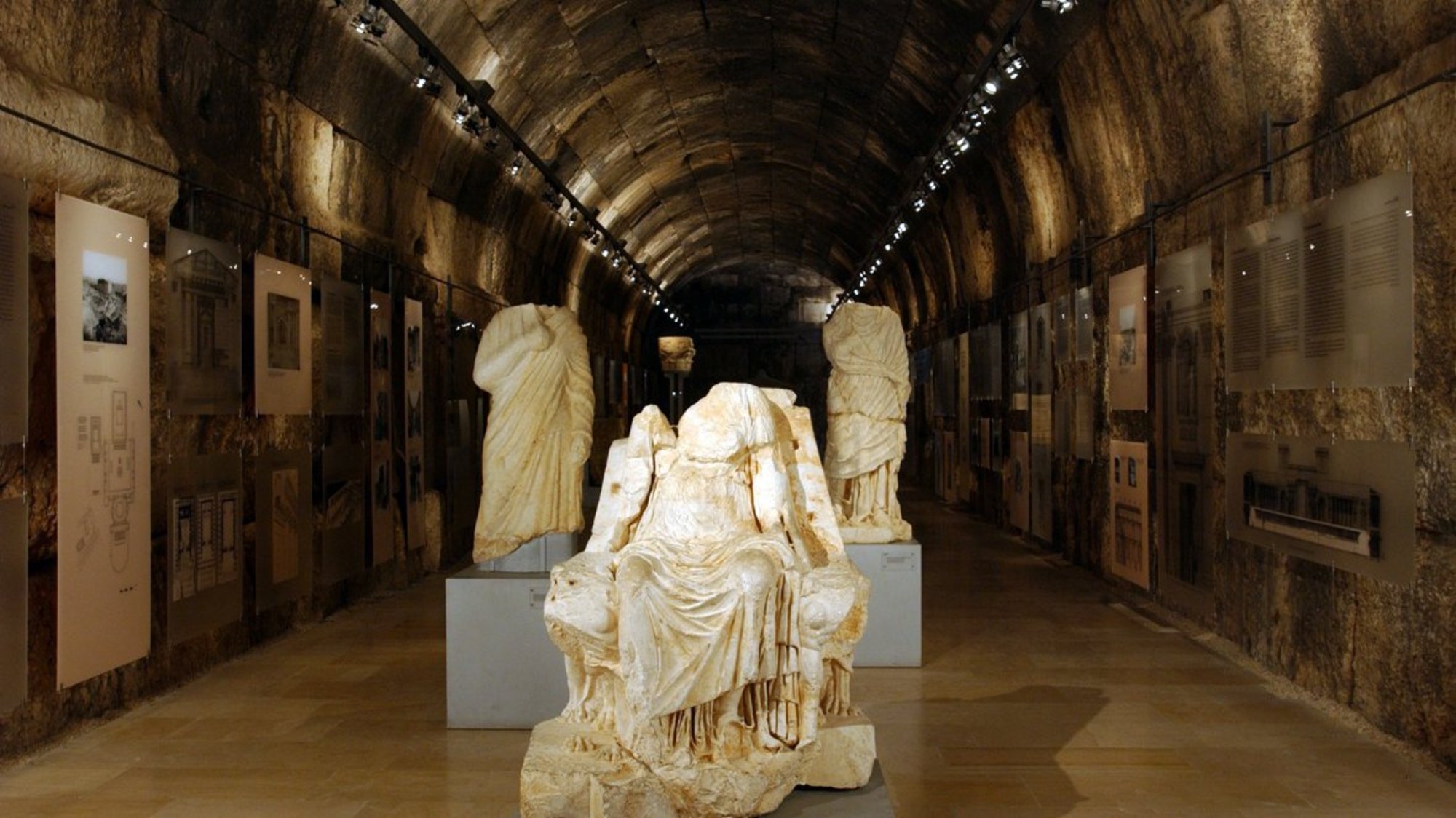Overview
The area of the modern town of Baalbek was first settled at the end of the 8th millennium BC. A settlement mound (tell) was discovered under the well-preserved temple of Jupiter. Probably in the 1st c. BC, the tell was transformed into a large sanctuary.
With the foundation of the Roman Colonia Iulia Augusta Felix Berytus in 15 BC, Roman veterans were also settled in Baalbek. The sanctuary was rebuilt following a new plan and in accordance with a previously unknown monumentality. First the temple for Jupiter Heliopolitanus is built, followed in the 2nd c. AD by the adjacent temple known today as "Temple of Bacchus", and finally, in the 3rd c. AD, the so called "Temple of Venus".
Although during the 4th - 7th c. AD Baalbek saw the construction of several Christian churches, the pagan cults were only slowly abandoned. In 635 AD, Baalbek was incorporated into the Islamic empire, and in the 12th - 14th c. AD the preserved Roman sanctuary was turned into a large fortress, which served the Ayyubid and Mamluk rulers in Damascus as a stronghold against the Crusader states.
The museum is located in the substructions of the sanctuary of Jupiter as well as in the south tower of the fortress.
The permanent exhibition informs about the long history of the town and the re-discovery and excavation of the Roman sanctuary. Another part (in the southern tower) is dedicated to the Roman necropolis and medieval Baalbek.
The organization and concept was elaborated in close cooperation with the Direction Générale des Antiquités du Liban. It was undertaken from the German side by Dr. Margarete van Ess, and from the Lebanese side by the former Director General Dr. Camille Asmar and by Prof. Dr. Hélène Sader from the American University of Beirut.
The museum may be visited during the opening hours of the archaeological site of Baalbek.

